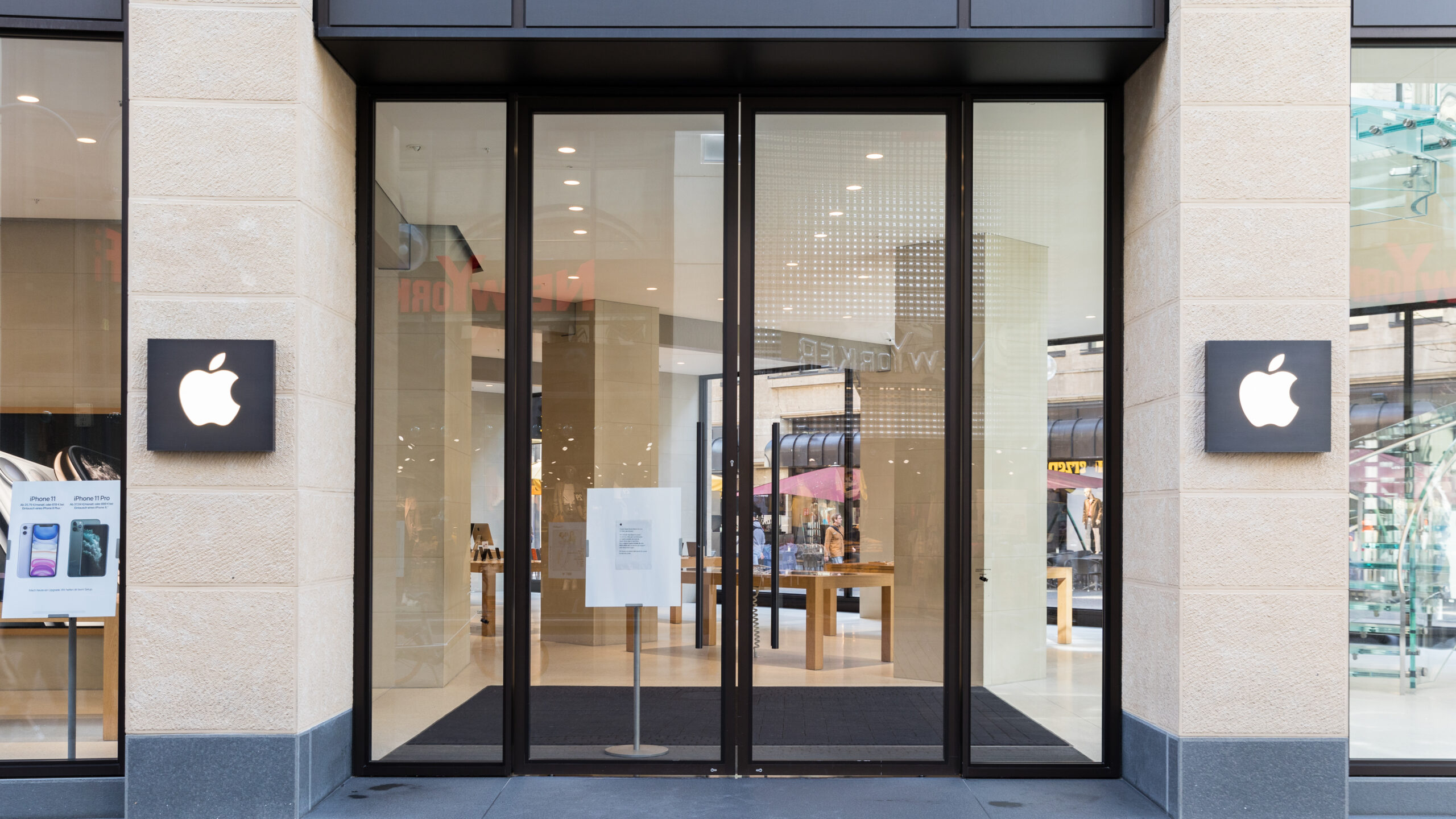
Apple and Nintendo are taking strategic steps to mitigate the financial impact of President Trump’s latest tariff increases, which threaten to disrupt their global supply chains and product pricing.
Apple has shipped 600 tons of products from India to the U.S. in recent weeks, Reuters reports. This includes five cargo planes, each carrying 100 tons of products, that flew out last month, followed by a sixth flight this week, just as Trump’s baseline 10% tariff on most imports from abroad took effect on April 5. According to calculations based on the weight of an iPhone 14 box, which weighs 350 grams with the charging cable, the shipment translates to around 1.5 million iPhone boxes.
This move comes in response to the looming tariffs, which are pushing up costs for products manufactured in countries like China, Vietnam, and India. The shipments of iPhones and other products will provide Apple with a few months of supplies, giving the company some breathing room as it adjusts to the higher tariffs on products from these countries.
Tariffs Hit Apple and Nintendo Hard
For Apple, the impact of the tariffs is significant. Starting April 9, imports from China are subject to a hefty 54% tariff, with Vietnam facing 46% and India 26%. These increases will drastically raise the cost of producing iPhones, which are already made in countries affected by these tariffs. Analysts have predicted that the price of the iPhone could surge to $2,300, up from the current $1,599 for the iPhone 16 Pro Max. This would be a huge blow to consumers, especially given the price sensitivity of the smartphone market.
Apple is not alone in dealing with the fallout from these tariffs. Nintendo, another major player in the tech industry, has also been working to preemptively address the new tariffs. In January, Nintendo shipped over 383,000 units of the Switch 2 to the U.S. from its manufacturing hubs in Vietnam and Cambodia, fearing the potential disruption caused by the impending tariff hikes. However, even with these proactive measures, Nintendo was forced to delay preorders for the Switch 2, which were originally set to begin on April 9, after Trump’s announcement of reciprocal tariffs on Chinese imports.
Navigating Tariff Hurdles for Growth
Both Apple and Nintendo have been caught in the crossfire of Trump’s ongoing trade war. Apple, which produces the vast majority of its products in China, has been trying to diversify its production to reduce its dependence on China. The company has already shifted much of its manufacturing to other countries, including Vietnam and India, but those countries have not been immune to Trump’s tariff policies either.
The situation is particularly challenging for companies like Nintendo, which also relies on Southeast Asia for production. While the U.S. remains a key market for these companies, the tariff structure makes it increasingly difficult to maintain profitability without passing costs onto consumers, which could hurt sales in the long run.
As the tariffs continue to escalate, both Apple and Nintendo are facing more than just price hikes—they’re dealing with the broader uncertainty of global trade dynamics under Trump’s economic policies. The 90-day halt in “reciprocal tariffs” for most countries, announced by Trump, provided a temporary respite for global markets, but the 125% tariff rate on Chinese imports remains a daunting prospect.
Companies will need to continue navigating this shifting terrain, balancing the need for production efficiency and cost savings with the realities of an increasingly unpredictable trade environment.
Author’s Opinion
The ongoing back-and-forth over tariffs between the U.S. and its trading partners reveals a dangerous path forward for global commerce. While companies like Apple and Nintendo may manage to weather these storms with strategic shipments and price adjustments, the broader impact on consumers and businesses alike cannot be ignored. Prolonged trade wars risk destabilizing economies and alienating key markets, and the ultimate question remains: at what cost does the U.S. gain a short-term advantage in the global trade landscape?
Featured image credit: Wikimedia Commons
Follow us for more breaking news on DMR
